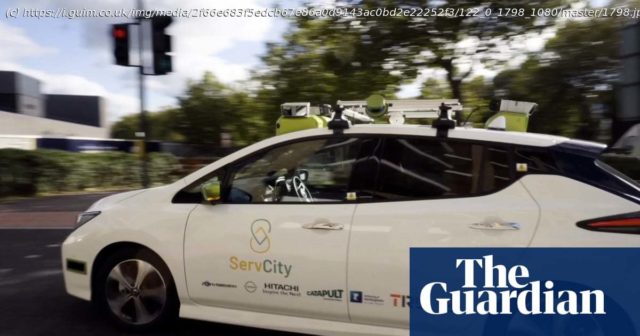Array
The journey in a self-driving Nissan across Woolwich in south-east London begins smoothly enough: fitted with cameras and sensors, the electric car confidently handles pedestrian crossings, vans cutting into its lane without warning and even scurrying jaywalkers.
Then comes an unexpected obstacle: a football-sized rock, fallen from the back of a lorry on to the middle of the road. The specially trained safety driver hastily grabs the steering wheel, taking back control to avoid a nasty crunch.
It is hardly a major incident – and it is the only human intervention during five miles of navigating busy traffic in a demonstration of the ServCity research programme being carried out by the carmaker and partners in London. Nevertheless, it highlights the difficulties facing autonomous driving technology before it can become mainstream – particularly on Britain’s busy and often chaotic urban roads.
“It’s a long-term journey we’re on,” says Matthew Ewing, Nissan’s vice-president for vehicle engineering in Europe.
Hands-free driving is still banned in the UK, although the government last summer pledged to allow the first self-driving cars on British roads by 2025. Carmakers are racing to develop the technology to be able to launch driverless taxis and eventually personal vehicles that can travel anywhere without human input.
Every large automotive company is looking ahead to autonomous cars, while startups such as the Alphabet-owned Waymo and the General Motors-owned Cruise have also invested heavily.
Start
United States
USA — IT ‘It’s a long-term journey we’re on’: taking a ride towards self-driving cars






